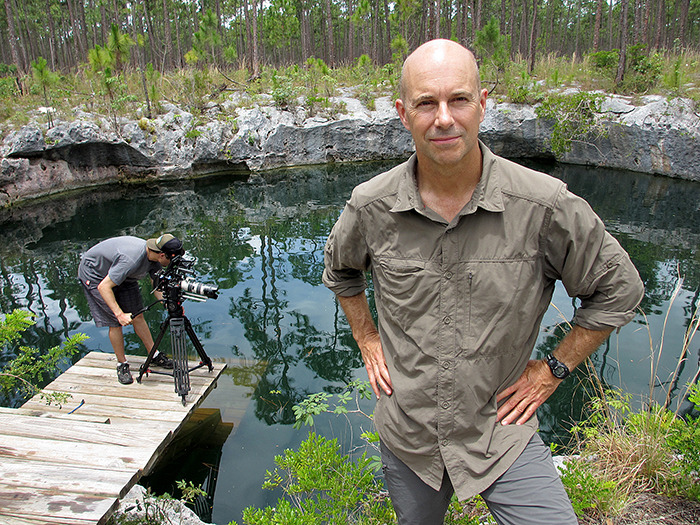With our B cam system in transit, I’ve focused back to the A cam setup for our first 3D documentary.
Our A cam equipment will have to capture all of our B roll, etc. for the next episode of Blowdown – the implosion of a massive sports stadium in Brazil.
We’ve nailed down the basic footage-capturing plan – two Iconix sensors with Fujinon lenses on a side-by-side rig.
But the Iconix aren’t like normal video cameras – no tapes, hard drives or flash cards. They “see” the footage and then spit it out.
So where are we going to store it?
If this were a scripted production, shot in a studio or on a controlled set, a tape or digital recording deck with a large array would be the way to capture the footage at the 100 MB/S or more, the minimum bitrate we need to satisfy broadcast requirements.
But because the Fonte Nova demolition is event-based and will take place in an industrial worksite, we need a recording system that’s cordless, portable (not too heavy, cumbersome), and hearty.
I think the nano3D will satisfy these criteria for us – it’s a just-minted twin drive designed to record stereoscopically and keep everything in sync between the two cameras.
Our stereographer, Sean White, came across Alister Chapman, DoP in England who’s exploring this brand new 3D recording system and blogging about it.
We contacted the company that makes the drive, Convergent Design, and they’ve shipped us a kit – apparently only the second pre-production model released to the world.
Where’s the first? Well, capturing footage from BP’s Gulf of Mexico oil spill, I’m told.
Anyway, the kit cost us $9,000 – a good value if it lives up to our expectations, namely to be able to record to a drive that keeps everything in sync between the two cameras at up to 280 MB/S, well above our broadcasters’ benchmark.
Now it’s time to test it with our A cam systems – results TBA ASAP.

